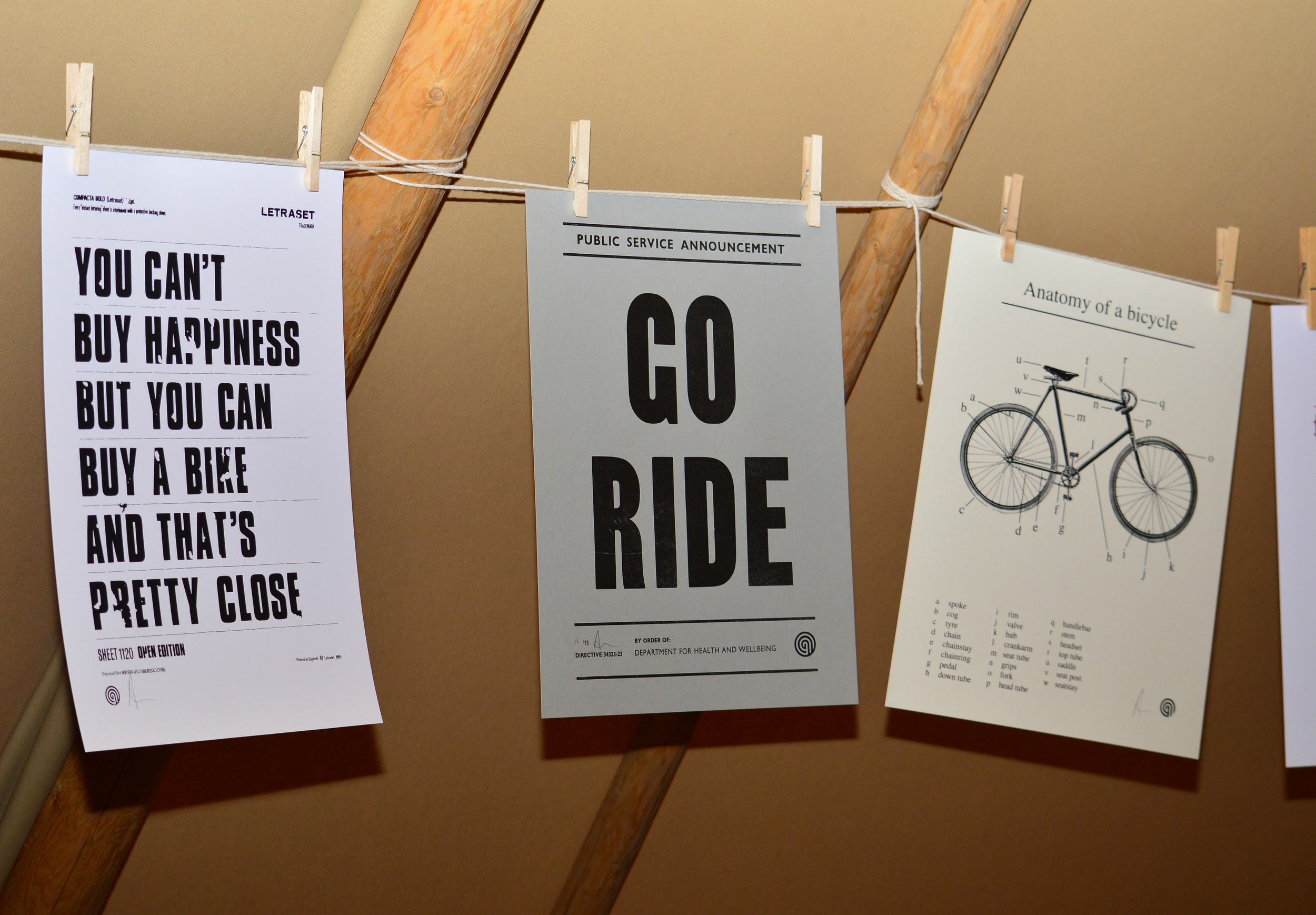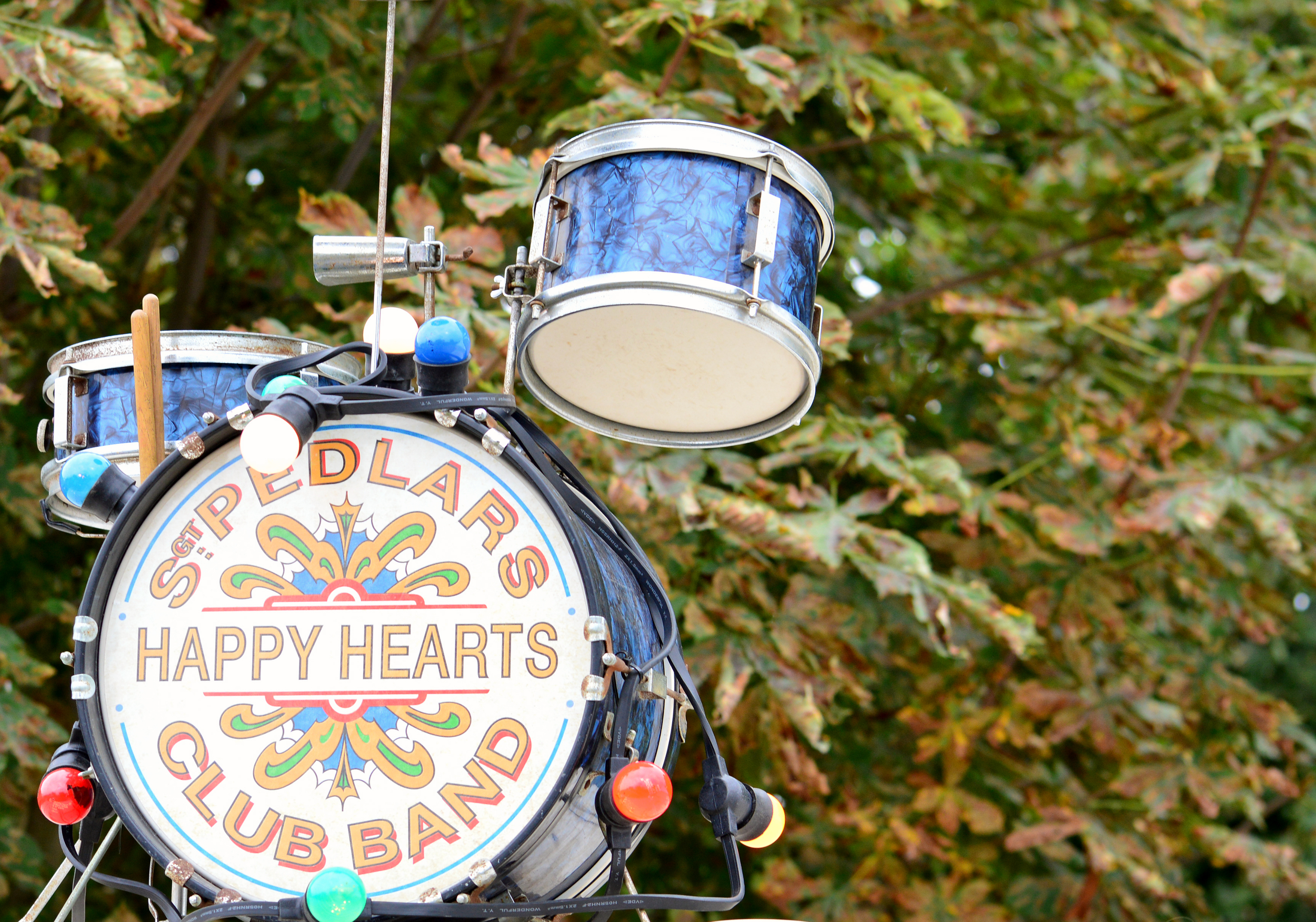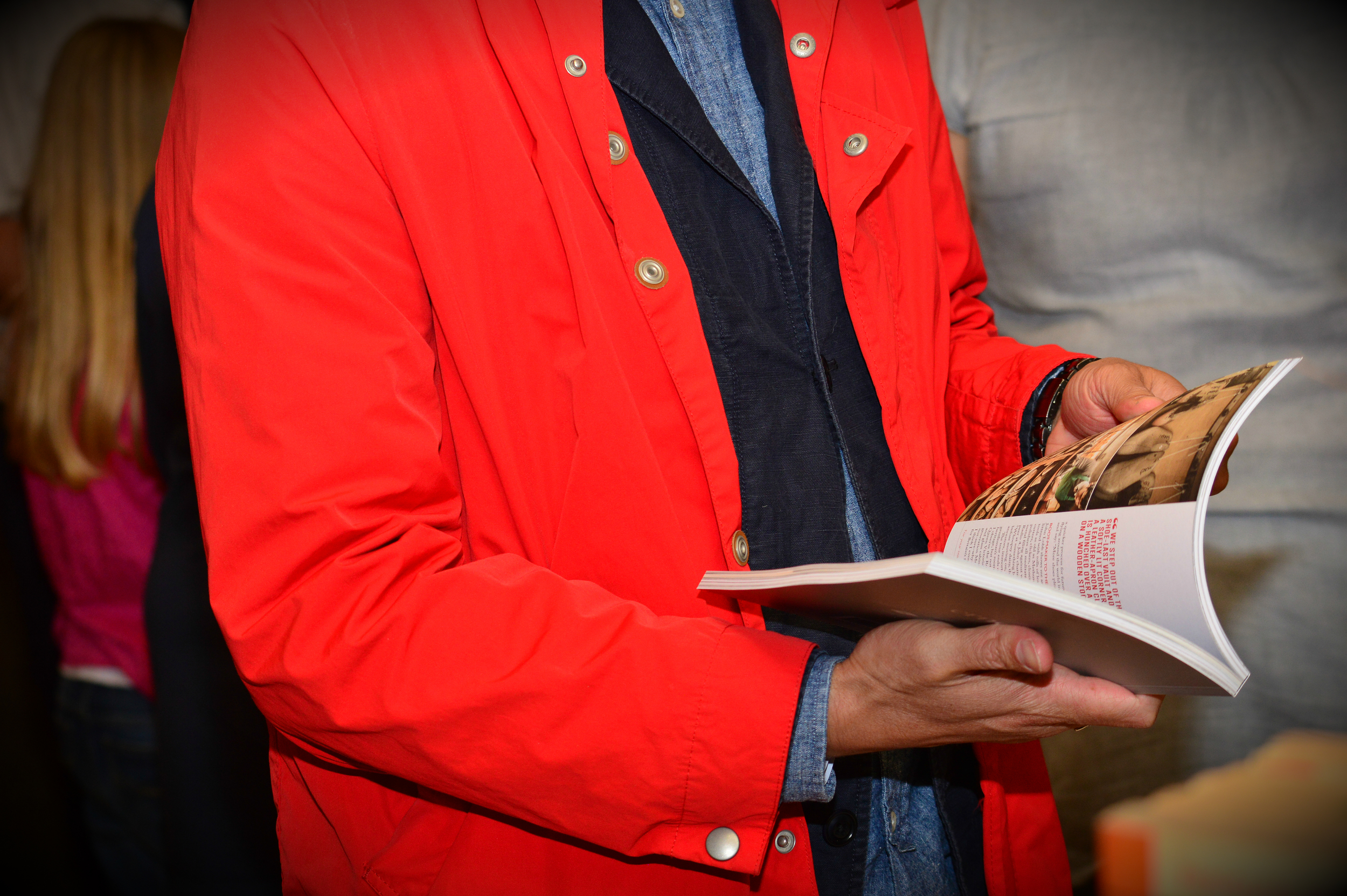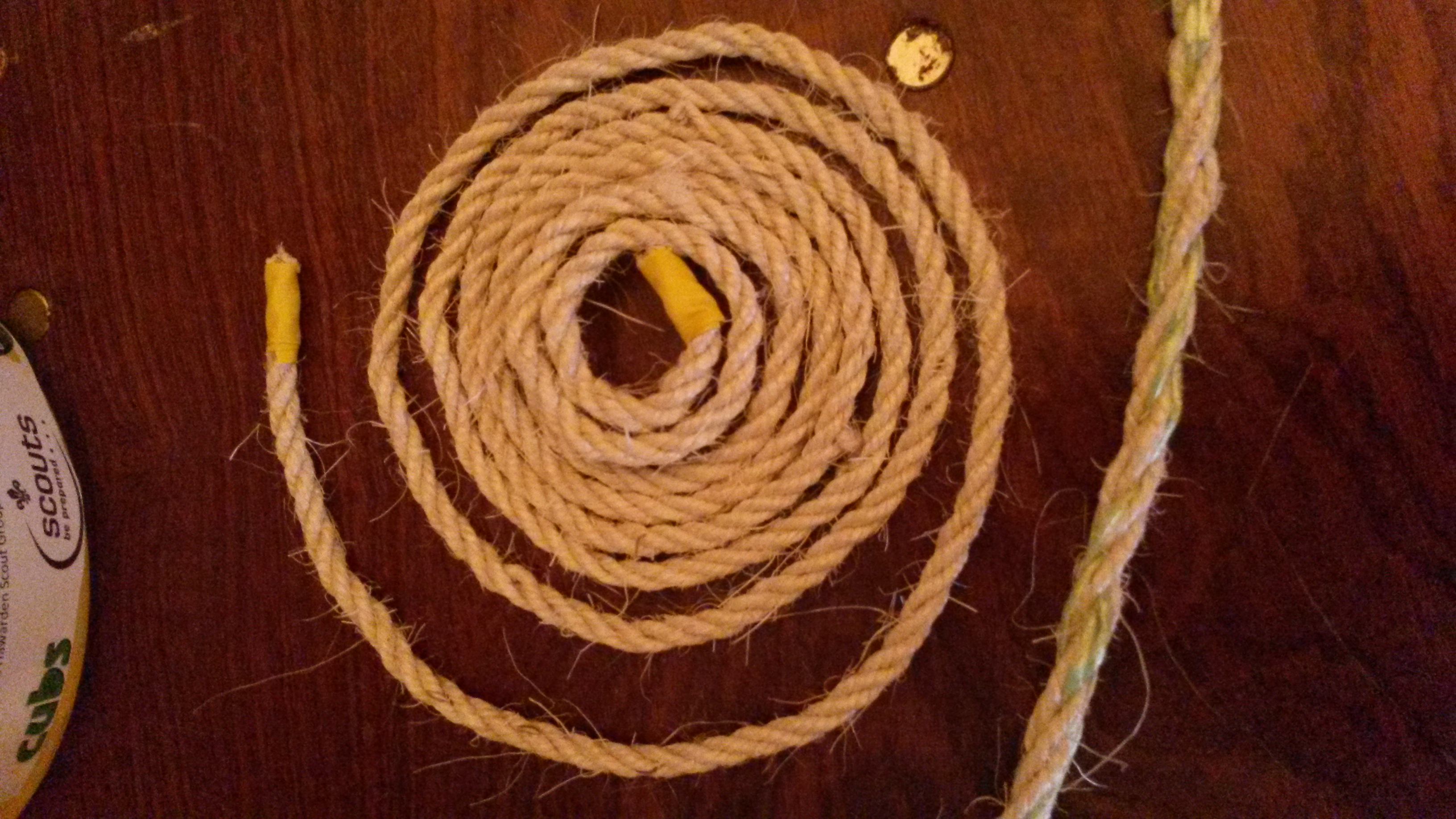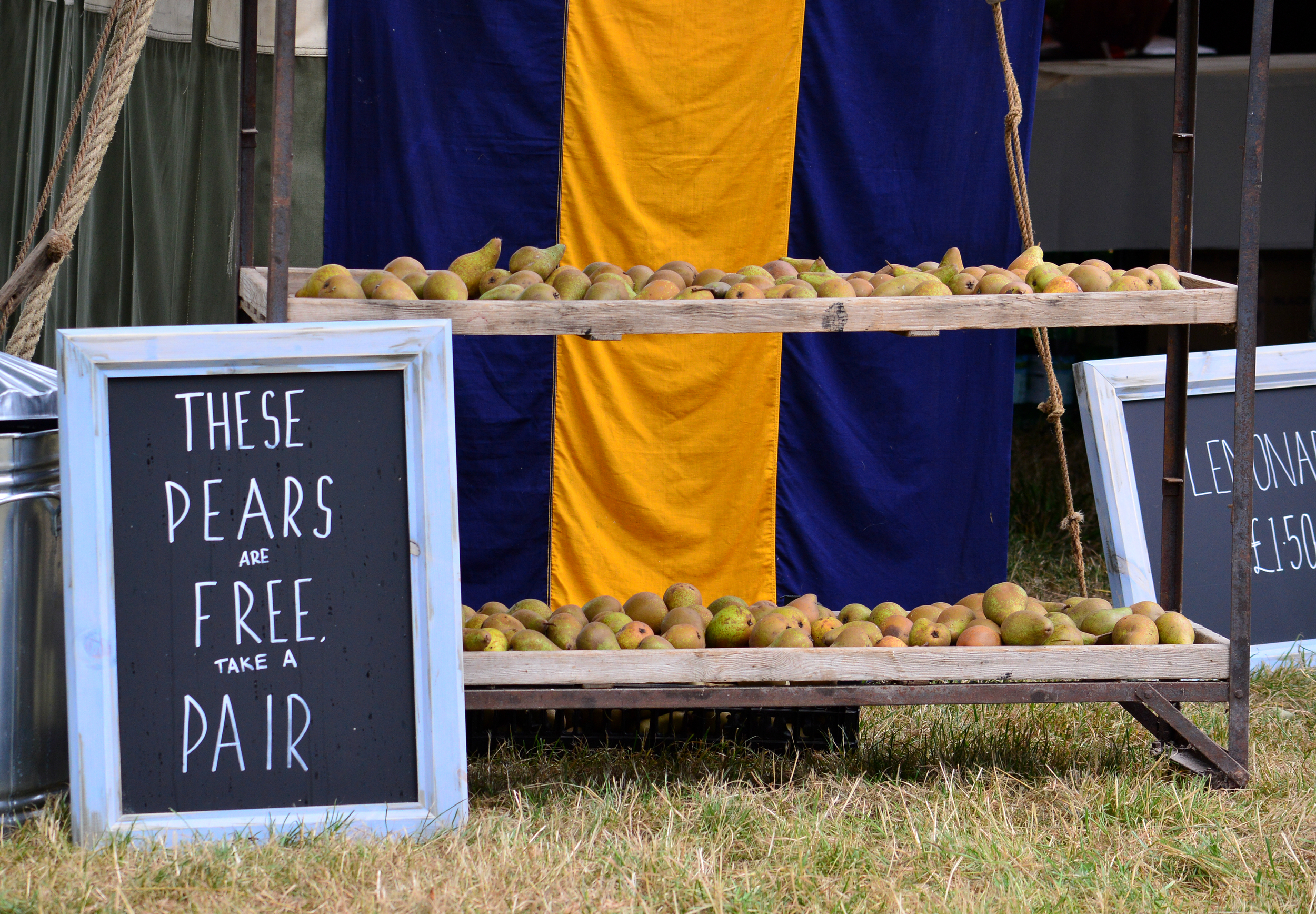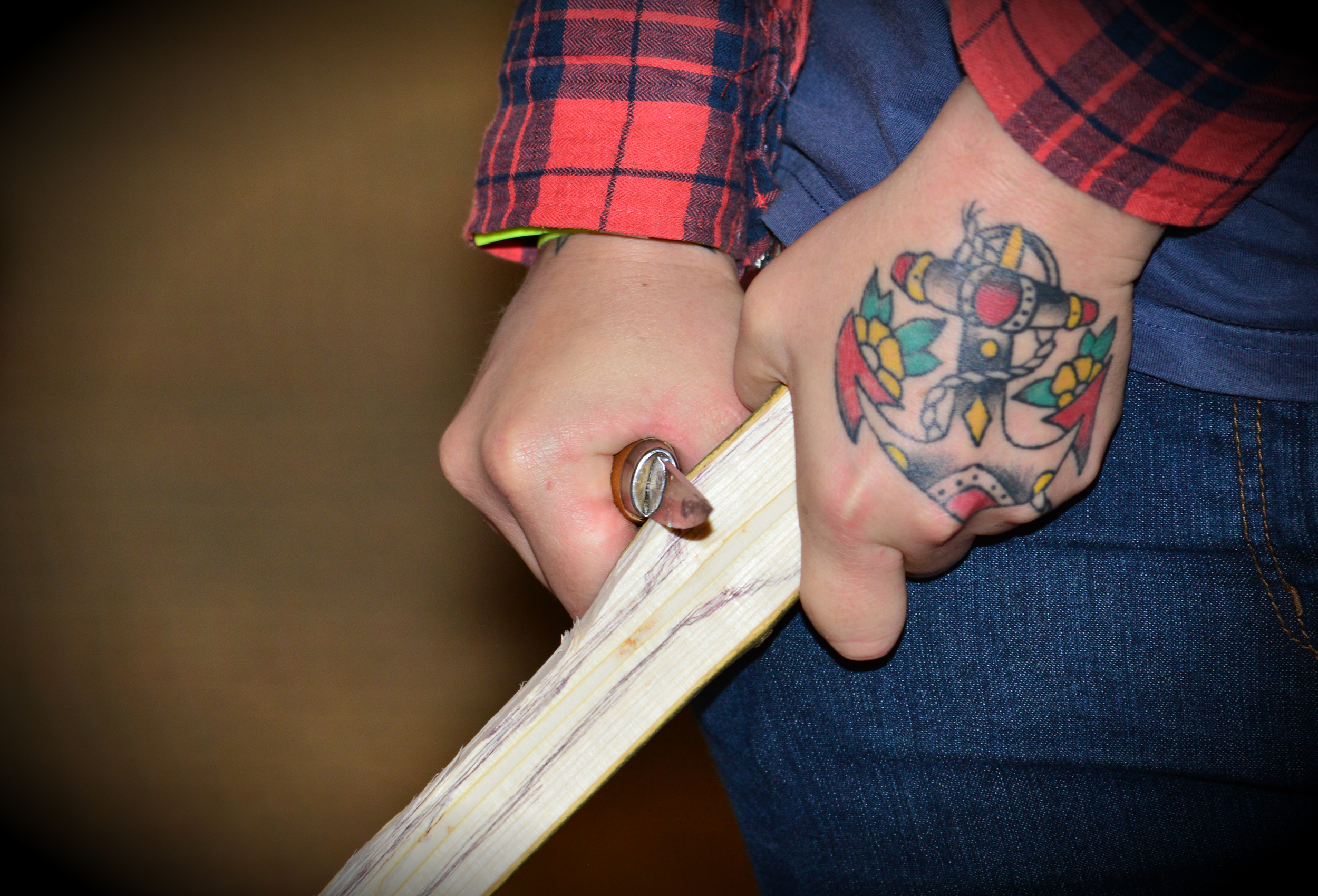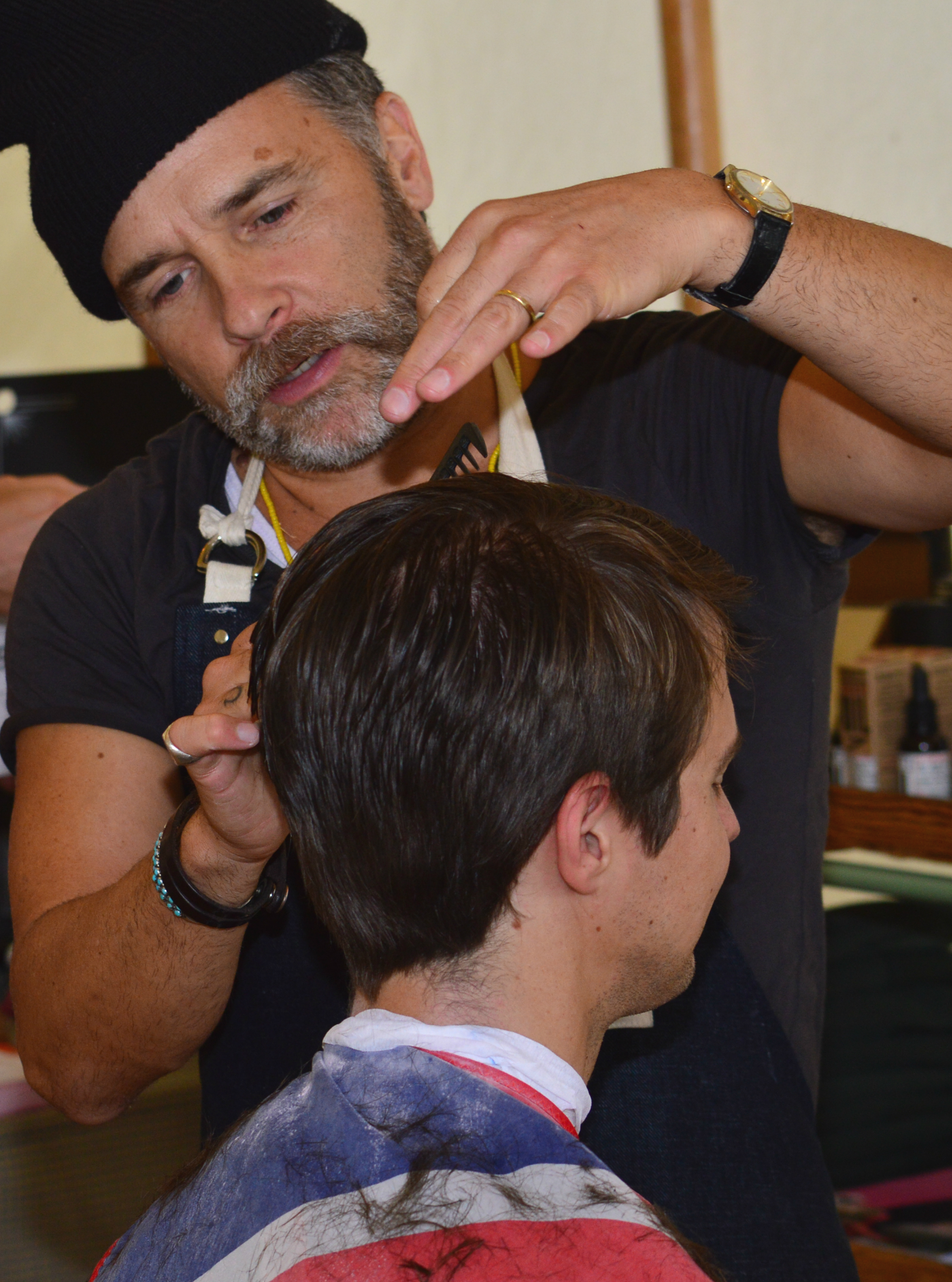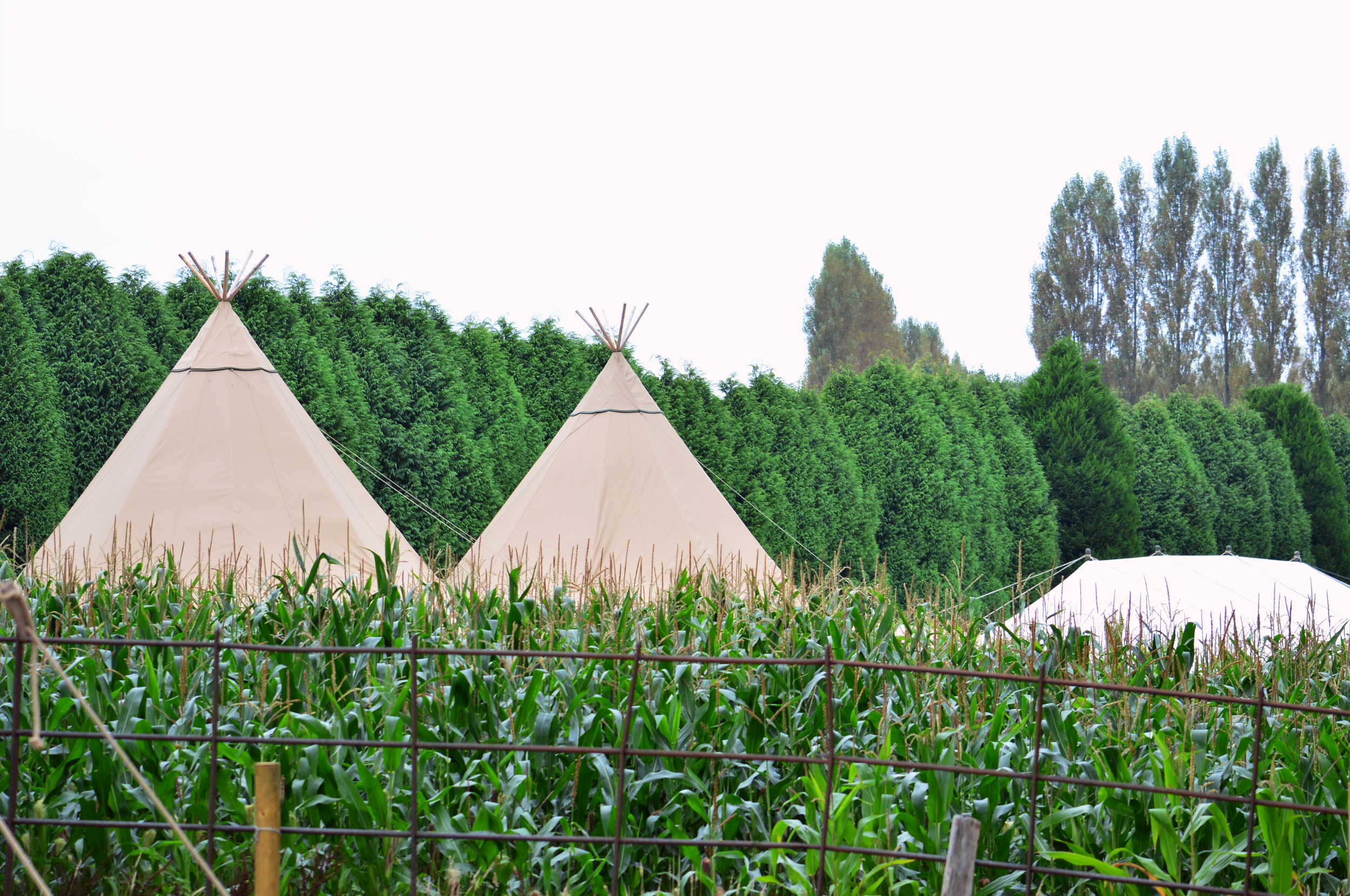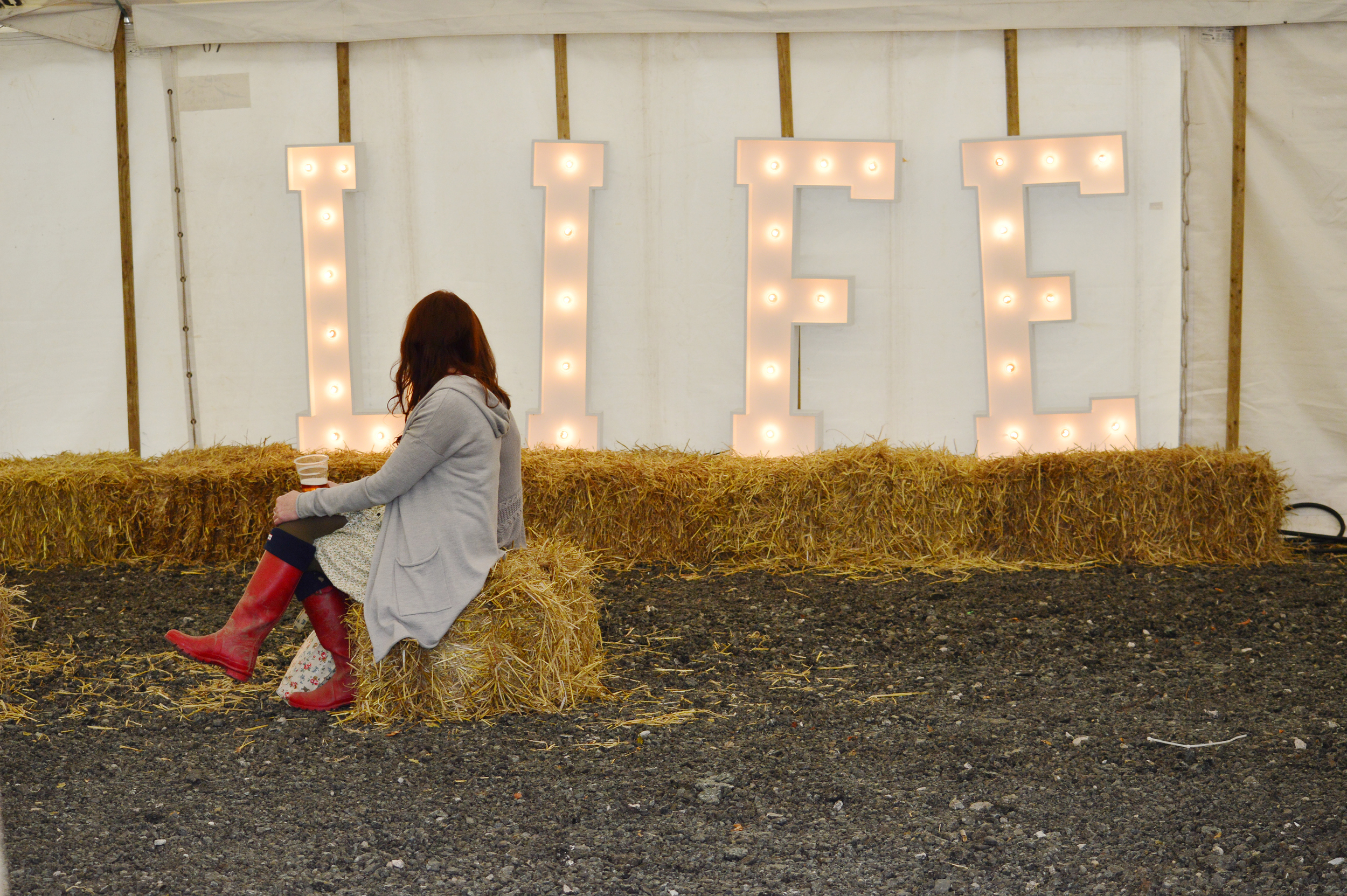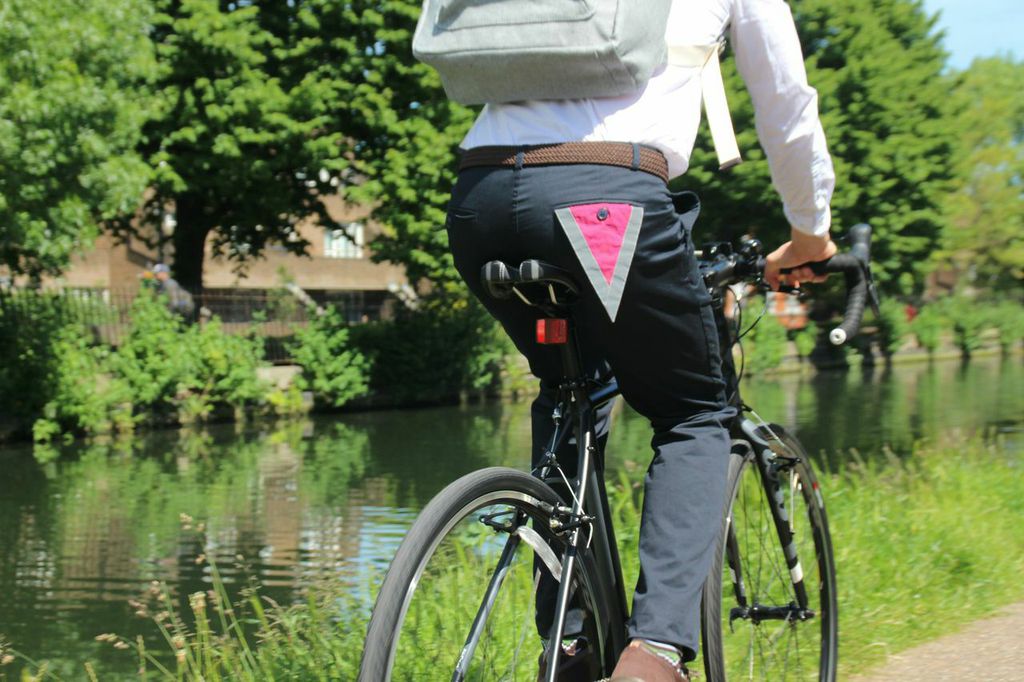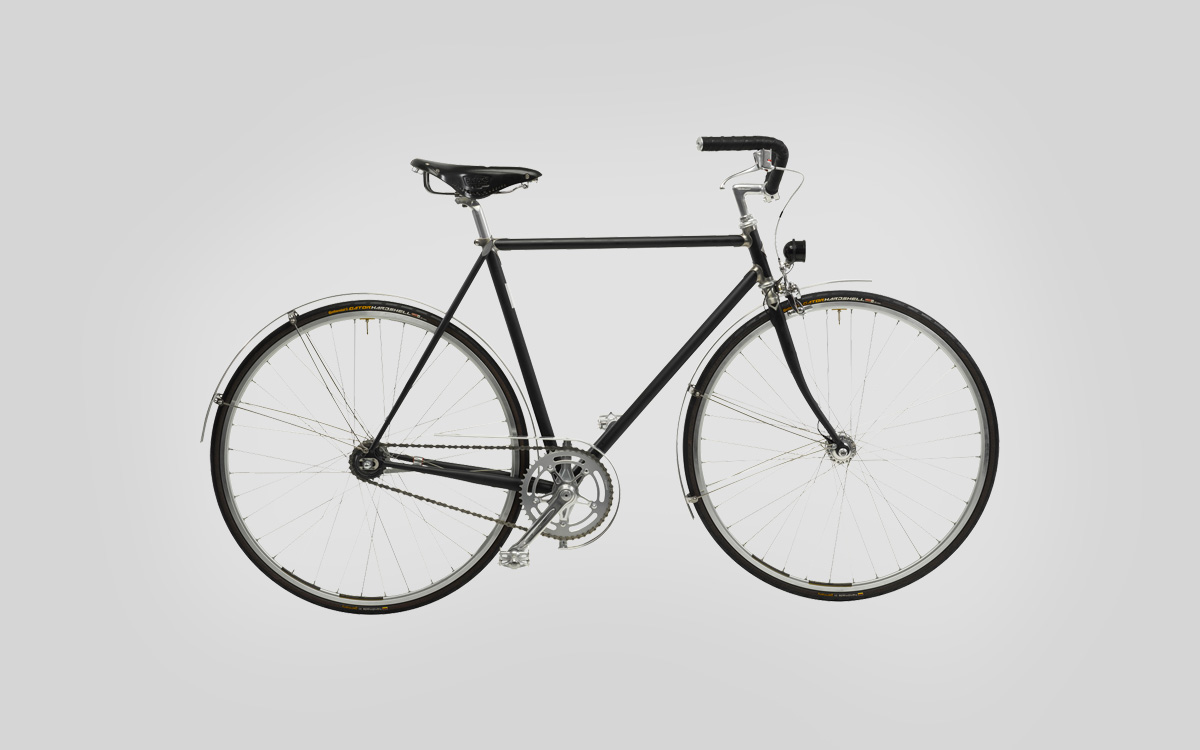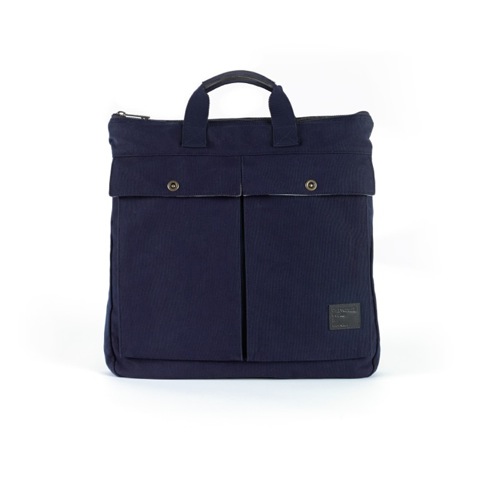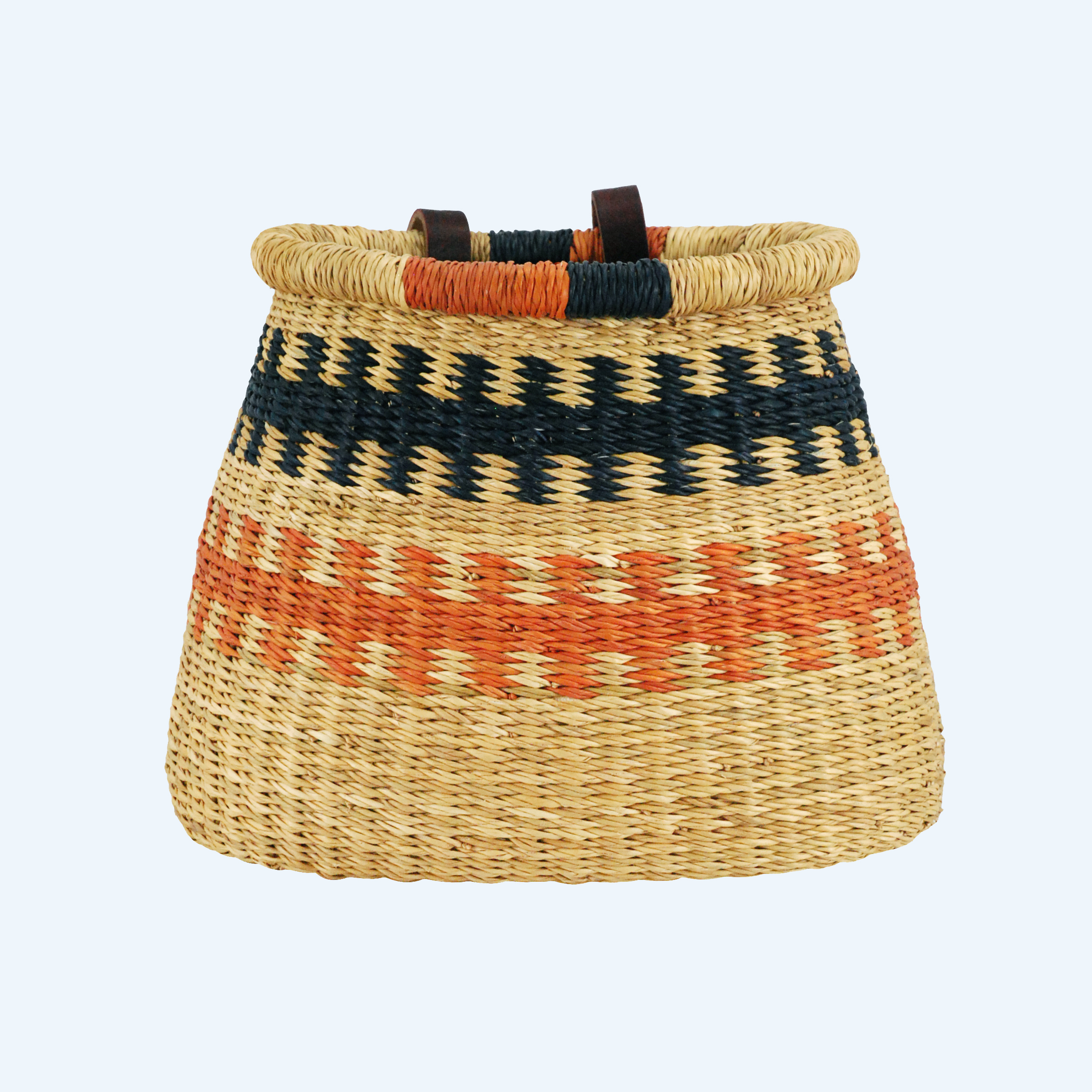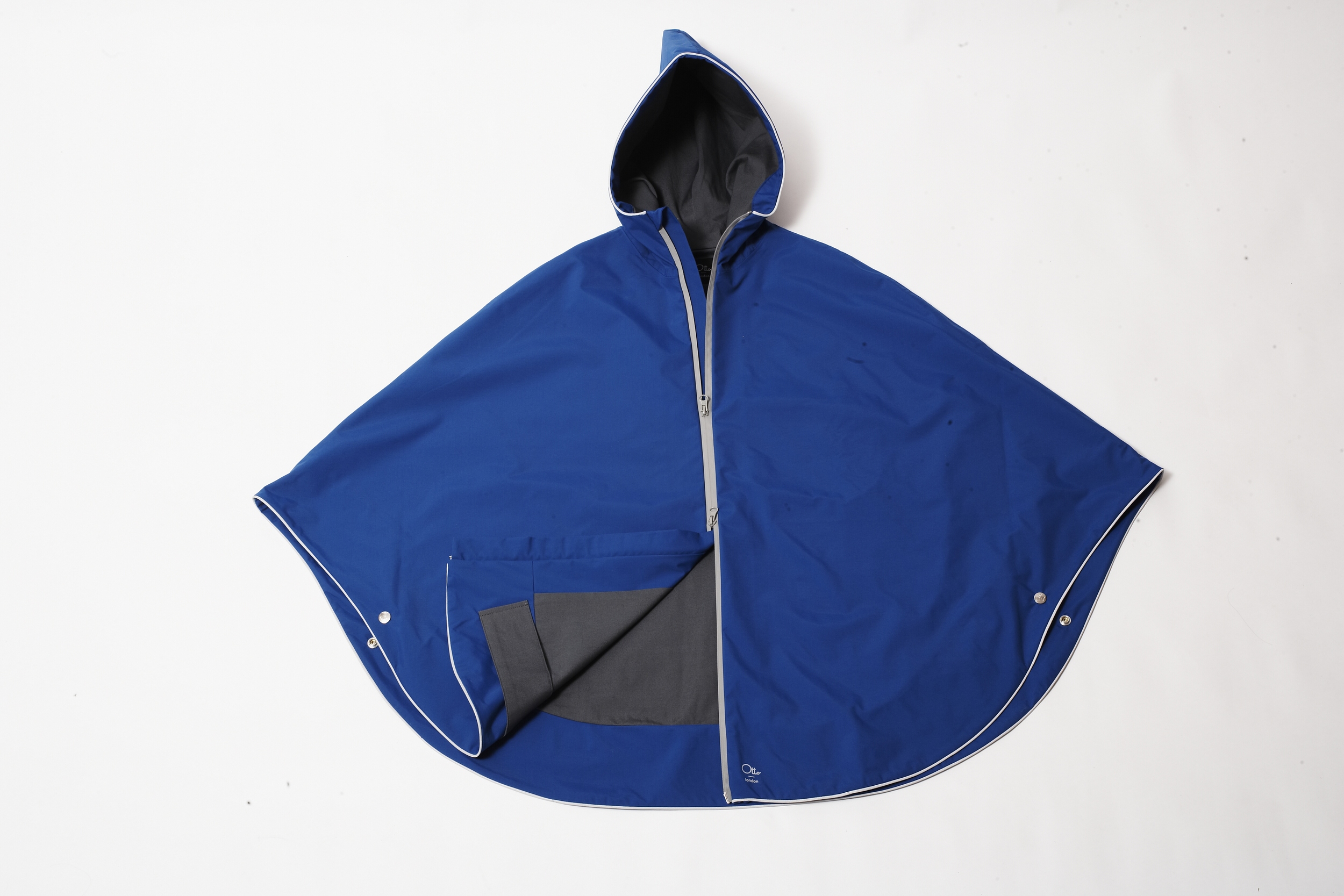Ernest Journal were beside themselves (what does that mean exactly?) when The Good Life Experience invited them to their inaugural festival celebrating food, culture and the great outdoors on the gorgeous Hawarden Estate in Flintshire. It was a day of craft beer, rabbit stew, woodsmoke, guitar-plucking and hobbit-haired alpacas
The Ernest Journal stand couldn't have been in a more apt spot at The Good Life Experience. We were in the Great Outdoors Tent, cheek-by-jowl with woodworker Hatchet + Bear, bike-obsessed screen printer Anthony Oram and the Scouts and their rope making skills.
When we weren't mesmerised by the sweat-beaded concentration of spoon carving and the spin and click of the rope-making machine we managed to peel ourselves away from our stand and got to see the infamous Mr Natty in action, snipping away at head after head of hair – his scissors a mere lightening flash, the delightful utilitarian wares of Best Made Co and the all-too-quaffable local craft beers. We also saw lots of alpacas, one of whom bore an uncanny resemblance to Frodo from Lord of the Rings. Must be the big goggly eyes.
But what pleased us most was stumbling across the festival's manifesto pinned to a tree. It certainly made us smile:
Manifesto for The Great Outdoors
Toast marshmallows
Chop some wood
Climb trees
Know the birds
Learn your knots
Roll in something smelly
Sharpen your axe
Wear a helmet
Use a real map
Hold hands
Light a fire. Light my fire
Be sure to put The Good Life Experience in your calendar for 2015 next year when it will be a two day festival: 19 & 21 September. We'll be there, too.
Images: Sam Young


